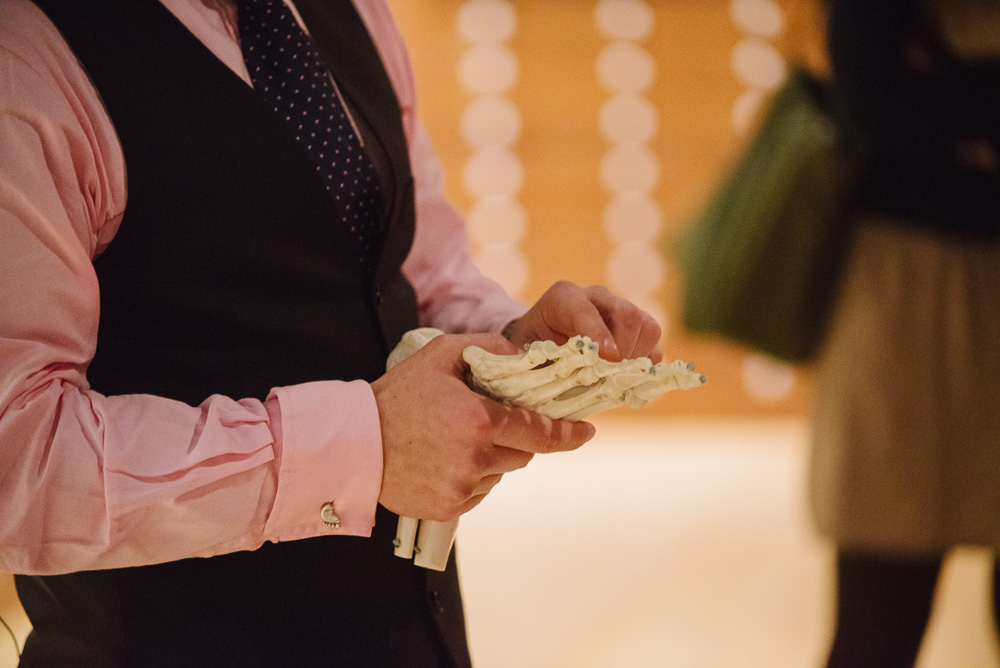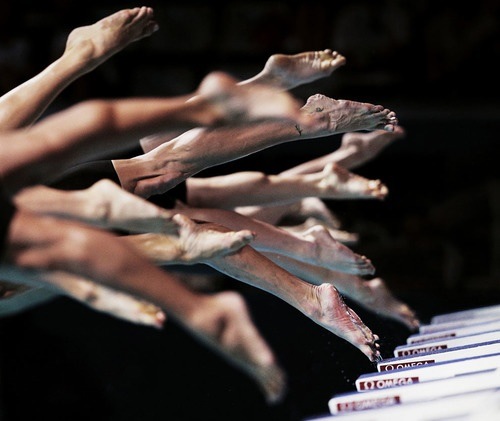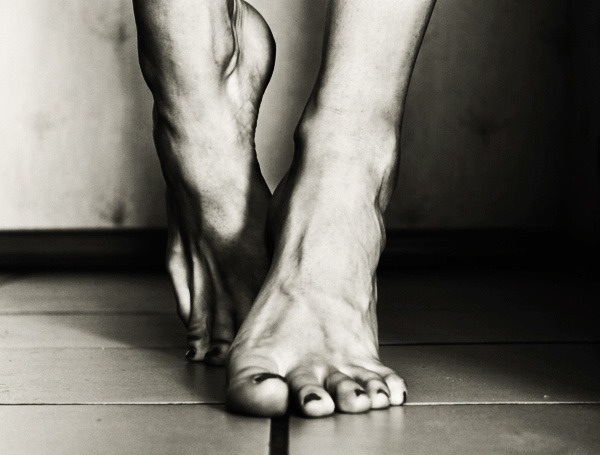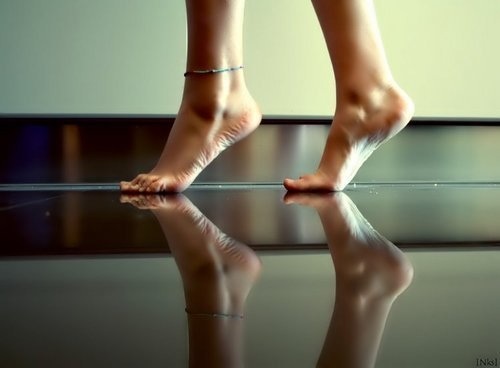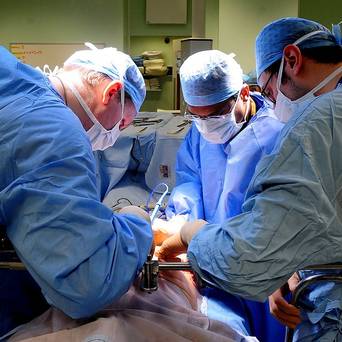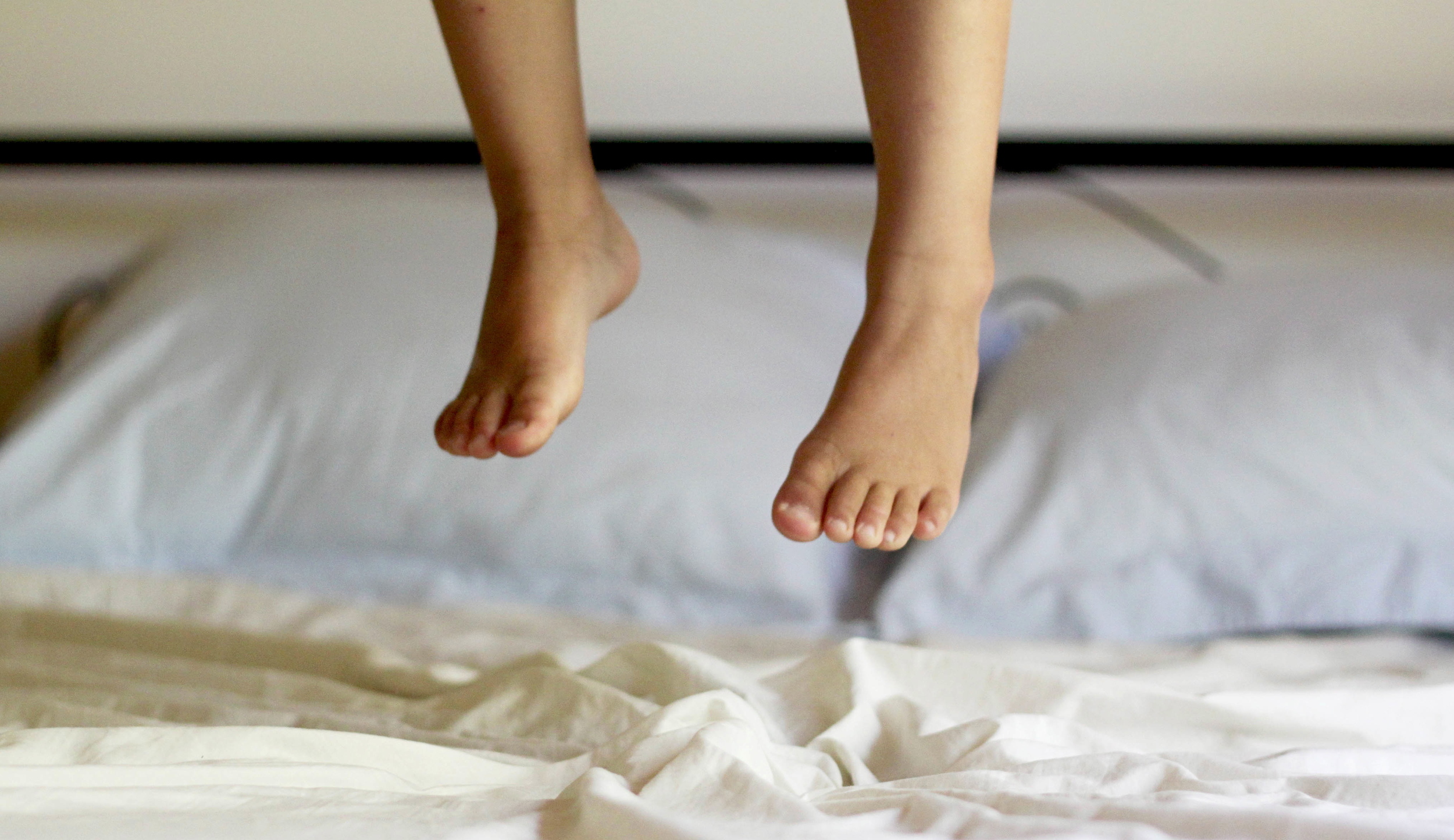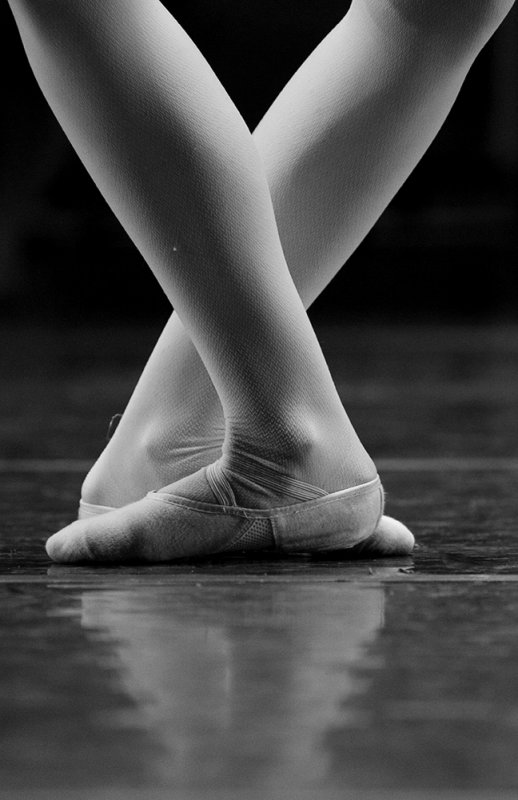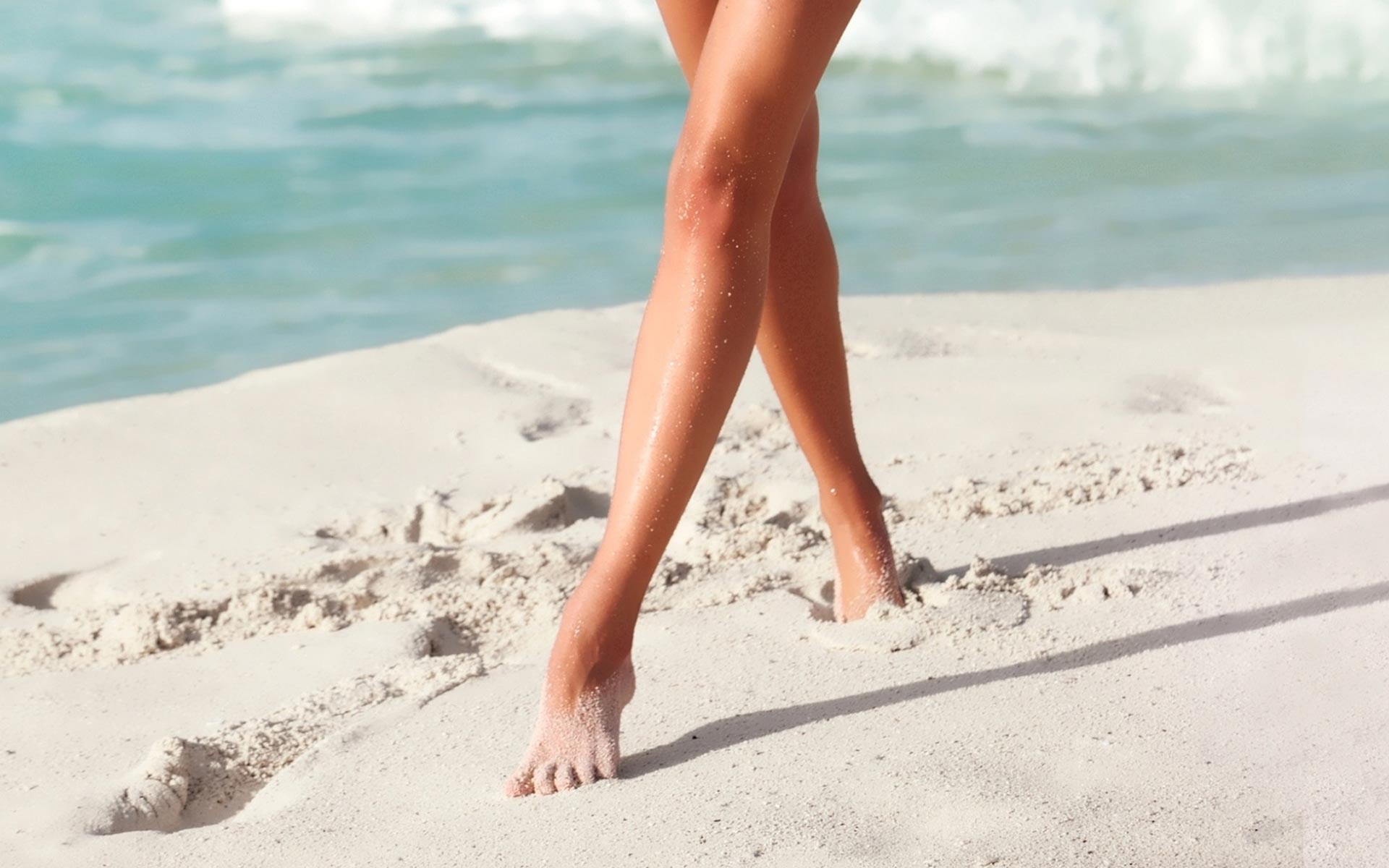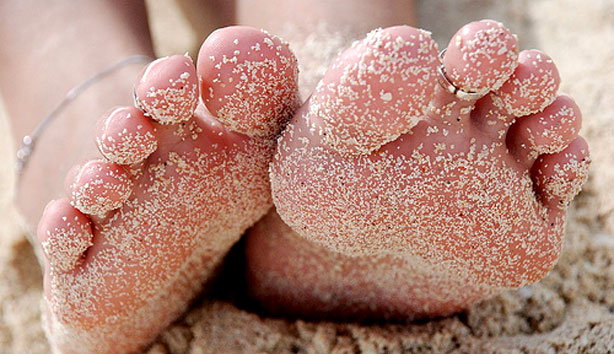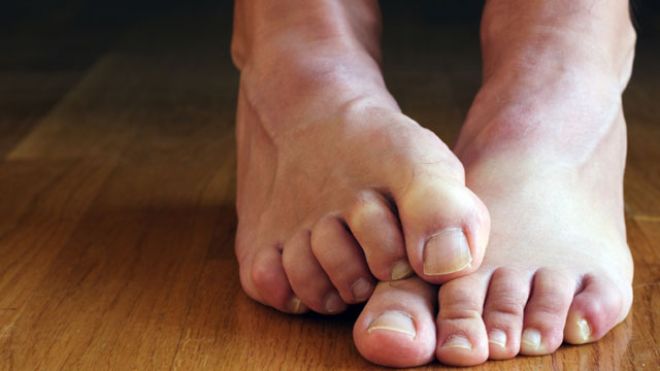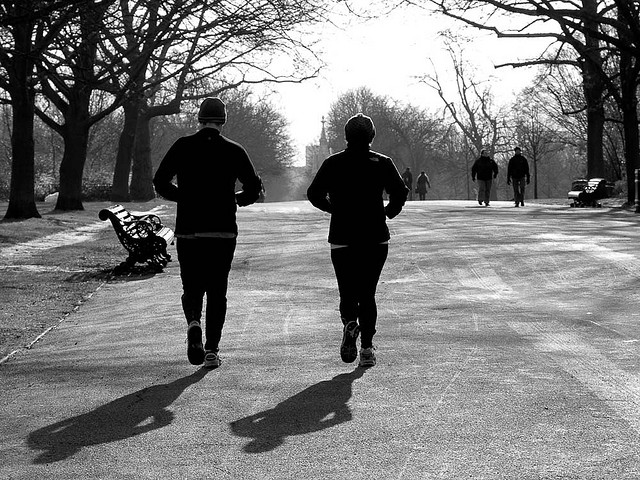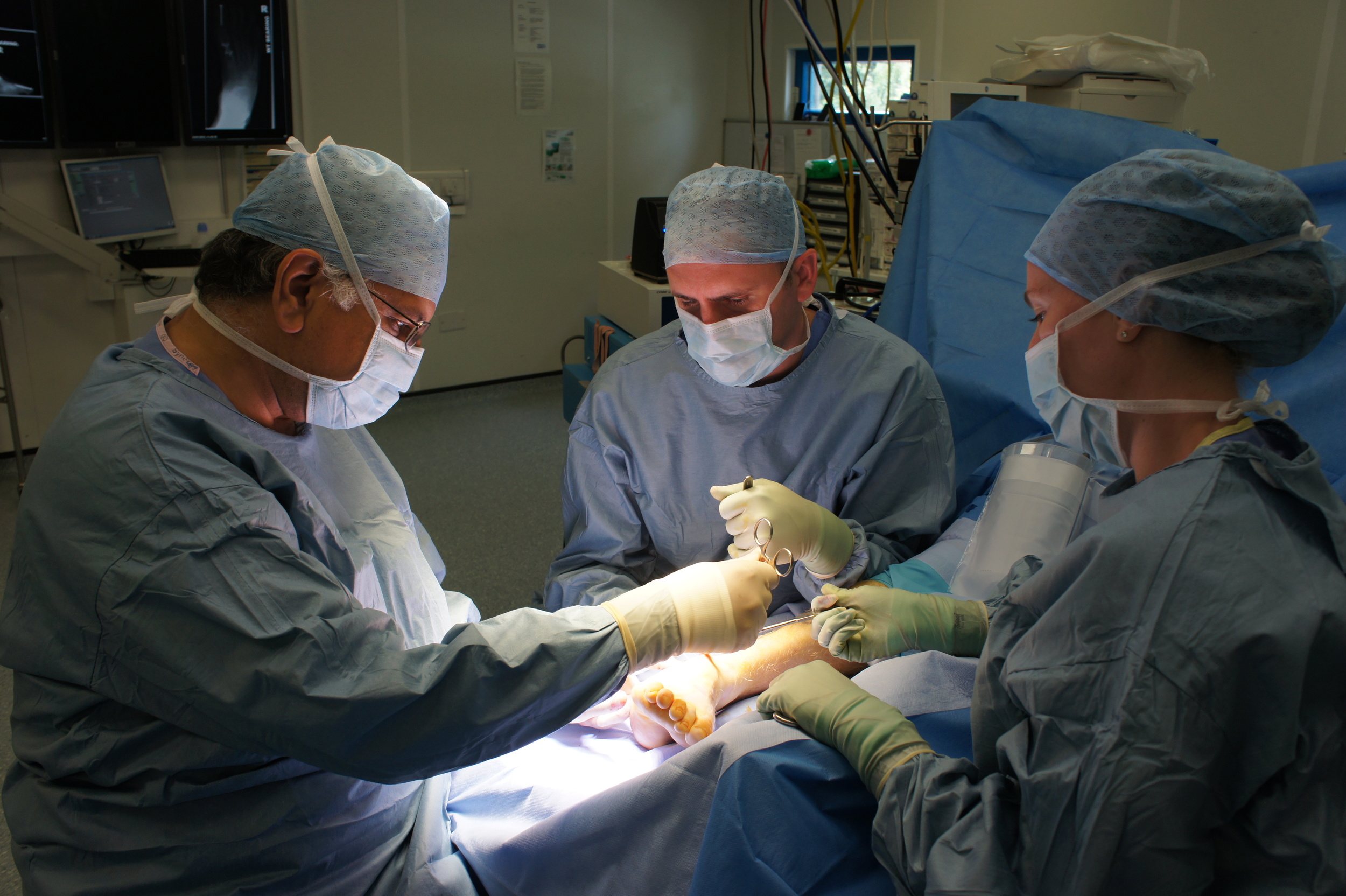Sesamoid disorders
What are sesamoid bones
Any bone that is contained within a tendon is called a sesamoid bone. The two oval, peanut shaped bones under the big toe joint are called the sesamoids. They lie within two of the tendons that move the big toe (flexor hallucis brevis FHB). They work to bend the toe, in the same way as the knee cap acts to straighten the knee. The joint surfaces of the sesamoid bones are lined with smooth cartilage, allowing the bones to glide smoothly under the head of the first metatarsal bone (see diagram).
Xray showing 2 sesamoids under the ball of the foot.
What problems can they cause?
These two bones transmit a great amount of force during walking, running or jumping. Repetitive injury to them may cause pain, inflammation, fracture, arthritis or damage to their blood supply (avascular necrosis or AVN). Inflammation around the sesamoids is sometimes called sesamoiditis. Sesamoid pain is usually felt under the ball of the foot. Sesamoid problems are usually over-use injuries, they are more common in athletic individuals.
Occasionally the sesamoid is enlarged and more prominent than usual and can produce a pressure area or hard skin (callosity) under the ball of the foot.
What are the symptoms
Pain under the ball of big toe is the predominant symptom. This may be severe and cause a limp. More chronic symptoms may occur in athletes who may have few symptoms during normal walking but pain may affect sporting activities.
How is it diagnosed?
Examination often reveals tenderness in the specific location of the sesamoids when the ball of the foot is pressed. If there is an enlarged sesamoid, thickened skin or callosity may be seen under the sesamoid.
Xrays will often show enlarged, irregular, fractured or thickened sesamoids. Further information from an MRI or CT scan is often very useful.
How can it be treated
Non-Operative treatments: Initially the sesamoids should be offloaded in order to allow them to heal. You might be advised to modify your exercise pattern, (reducing running or impact activity and alternating between swimming and cycling often helps). Movement of the big toe is encouraged to prevent stiffness of the joint.
Specialised orthoses (or insoles) can be made to off-load the ball of the foot
and distribute forces more evenly underneath the foot.
Once the initial acute episode has settled a progressive return to previous sporting activities may commenced.
Most people do not require surgery. Those patients who fail to settle despite carefully supervised rehabilitation may respond to a steroid injection into the joint.
Operative Treatment: Occasionally all or part of the affected sesamoid bone needs to be excised, this procedure is called a ‘sesamoidectomy’. This generally gives good relief of symptoms and most athletes are able to return to their previous sporting activities.
In those people who have pain from the increased pressure or who have thickened skin (callosity) under the ball of the foot caused by an enlarged sesamoid, the thick sesamoid may be ‘thinned’, whereby the underside (about 1/3) of the bone is excised.
As with all operations there is a small risk of complications, so that surgery should only be considered after simpler non-invasive treatments have been tried.
Will I have to have a plaster cast?
No. A plaster cast is not required for this type of surgery.
Are there a lot of complications?
There are risks and complications with all operations, for example, as with all foot surgery you may be left with some stiffness, numbness and pain, there is also a small risk of infection. This is why it is not advisable to have surgery if the deformity is not painful and does not limit your walking.
Although every effort is made to reduce complications, these can occur. In addition to the general complications that can occur with foot surgery, there are some specific risks with sesamoid surgery:
- Fracture of the sesamoid after shaving
- Weakness and / or deformity of the big toe
- You may get discomfort in other parts of your foot during the recovery period. This
generally settles.
When will I be able to walk again and wear shoes?
You will be able to walk straight away with crutches unless the surgical incision is on the sole of the foot, in which case you will not be able to walk on this area for 3 weeks in order to minimize the problems with scarring. You however should limit walking to short periods and elevate the foot as much as possible for the first 10 days.
You are generally able to wear wide shoes within two weeks and normal shoes by 4-6 weeks. You might be given a toe brace to wear to hold the big toe in position while you heel.
Swelling generally starts to reduce by 8 weeks and the foot will be beginning to feel more normal at 3 months although the healing process continues for 1year.
When will I be able to drive again?
When you feel able to perform an emergency stop. This is generally between 4-8 weeks post operatively but you should always check with your insurance company first.
When will I be able to return to work?
If you are able to get a lift and have a job that is not active and you can elevate your foot, you may be able to return after 1-2 weeks. For jobs involving more walking, or manual jobs, you are likely to return to work between 4-8 weeks.
When will I be able to return to sport?
Although the healing process continues for up to 1 year, you should be able to return to impact type activity at around 2-3 months. This will depend on the type of operation you need and how you respond to surgery.
Be sociable..share!



